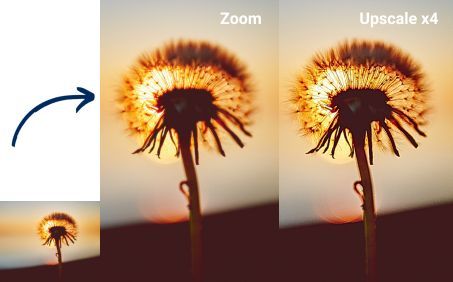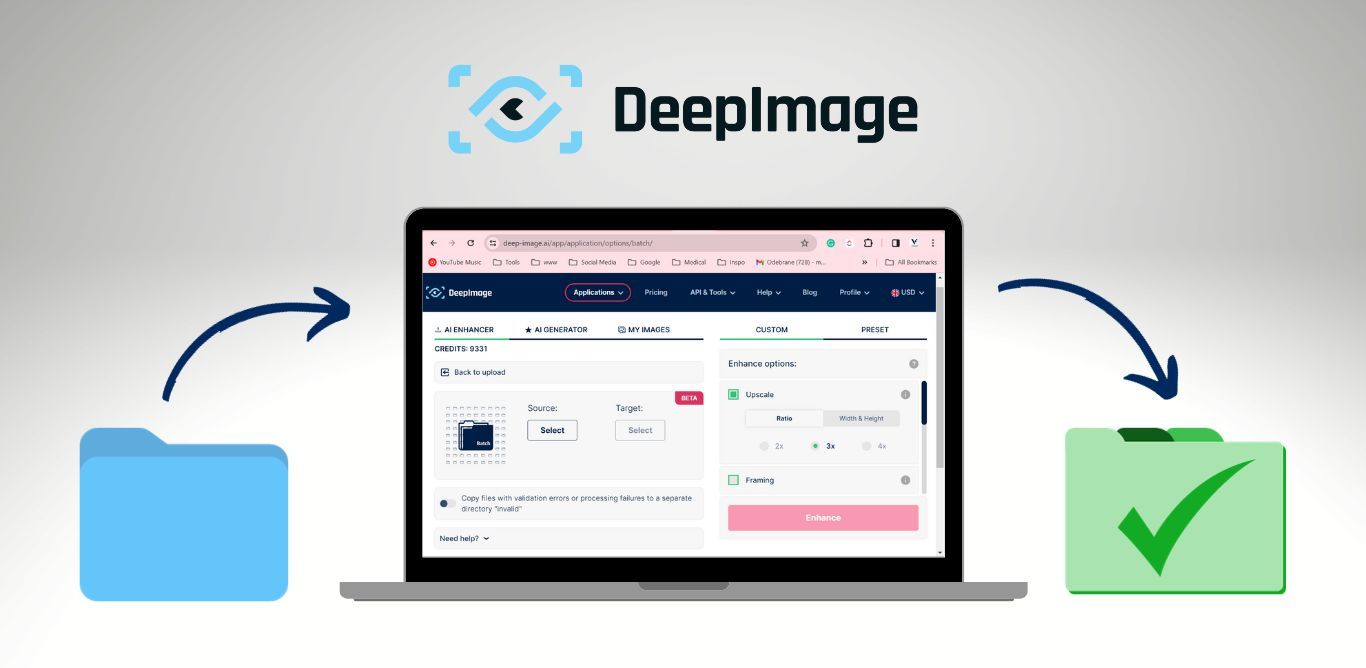How Deep-image.ai Redefining Image Quality and Efficiency in Print Industry

The integration of AI image enhancers like Deep-image.ai into the print industry marks a significant evolution in the way visual content is created and processed. Let's delve into the impact of such technologies and specifically how Deep-image.ai's features revolutionize image processing for print.
Upscale without Losing Quality
Deep-image.ai's capability to upscale images up to 4x without quality loss is a game-changer for the print industry. Traditionally, image enlargement often led to pixelation and blurred details, which is particularly detrimental in fields like photography and high-quality print where clarity and detail are paramou
nt. By utilizing advanced AI algorithms to analyze and enhance existing details, Deep-image.ai overcomes these limitations. This means that photographers and print professionals can now enlarge images for large-format prints, billboards, or detailed product catalogues without the risk of losing image integrity.

White Balance Filter
The white balance filter of Deep-image.ai is a crucial tool for ensuring color accuracy, a fundamental aspect in printing. Inconsistent white balance can lead to images that look unnaturally tinted, which can misrepresent the subject and affect the overall aesthetic quality.
By accurately adjusting the white balance, this AI tool helps in maintaining color fidelity, which is essential for producing prints that are true to the original scene or the photographer's vision. This is particularly useful for print media where color representation can significantly impact the viewer's perception.

Color Enhancement Filter
The color enhancement filter provided by Deep-image.ai takes image vibrancy to the next level. In the print industry, where capturing attention is key, having the ability to amplify or subtly adjust colors can make a substantial difference.
This filter can be particularly beneficial for marketing materials, product catalogs, and artistic prints, where color can play a pivotal role in attracting and engaging the audience. Enhanced color vibrancy and saturation can make images more appealing, dynamic, and memorable, leading to more effective visual communication.

Batch Uploading for Efficiency
Efficiency is critical in the fast-paced environment of the print industry. Deep-image.ai's batch uploading feature addresses this by enabling the processing of thousands of images simultaneously.
This function not only saves time but also ensures consistency across a collection of images, an important aspect when working on large projects like print campaigns or photo books. The ability to quickly and uniformly enhance a large volume of images helps in meeting tight deadlines and maintaining a high standard of quality across all prints.
Read more about batch upload: https://deep-image.ai/blog/deep-image-ai-folder-processing-feature-for-effortless-photo-enhancement/

Overall Impact on the Print Industry
The introduction of AI tools like Deep-image.ai in the print industry has several overarching effects:
- Enhanced Quality and Creativity - Professionals can push the boundaries of creativity with enhanced image quality, leading to more innovative and visually striking print materials.
- Cost-Effectiveness - By reducing the need for reshoots or manual editing, these tools save both time and money.
- Accessibility - Smaller print businesses or individual photographers can produce high-quality prints that were previously only achievable with expensive equipment or software.
- Standardization and Consistency - Achieving a consistent look across various prints becomes more manageable, which is crucial for brand identity and professional presentation.

Conclusion
AI image enhancers like Deep-image.ai are not just tools; they are transformative agents in the print industry, offering unprecedented opportunities for quality enhancement, efficiency, and creativity. As these technologies continue to evolve, we can expect even more profound impacts on the ways images are processed and presented in printed formats.

